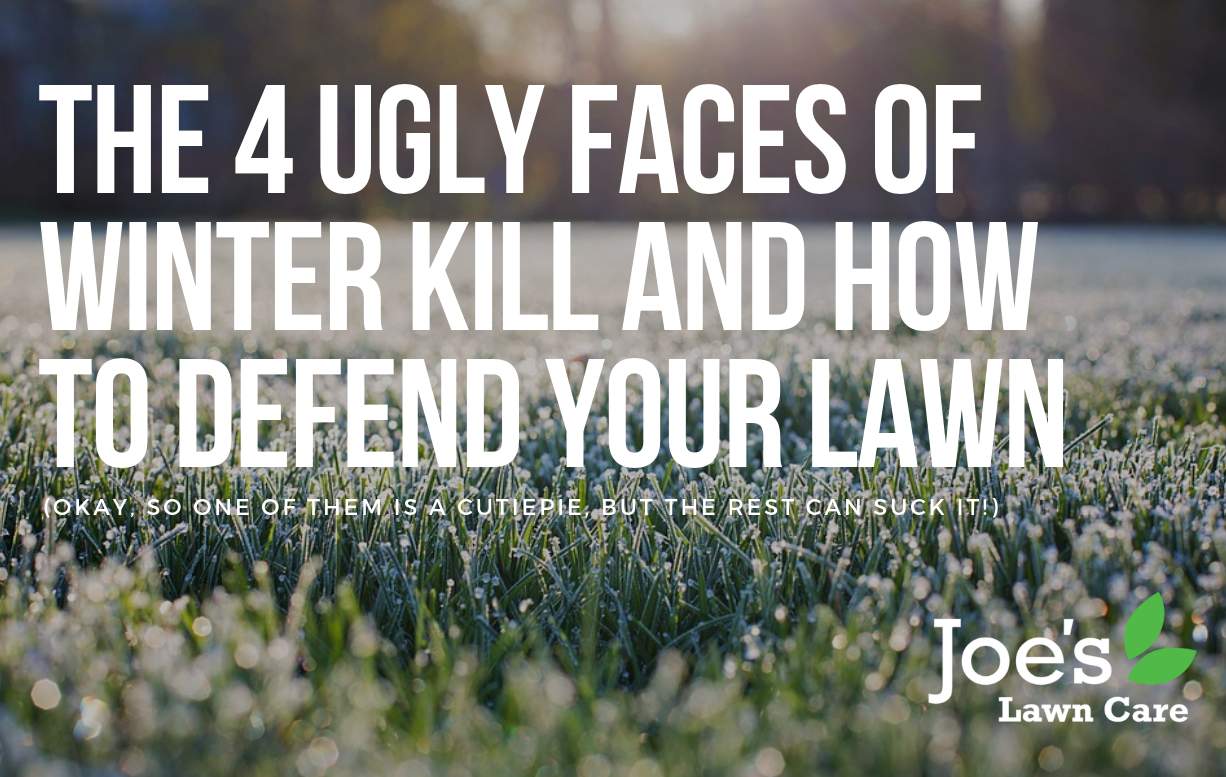The 4 Ugly Faces Of Winter Kill (And How To Defend Your Lawn) – In case you live under an awesomely insulated rock void of wiffy, 4G and all other communication methods, it’s gotten pretty nippy blisteringly freezing outside. As in I got blisters on my hands. From the cold. Which was brutal. There’s actually a picture of them on Instagram. It’s the square with the hot pink hands holding a core sample that’s somehow drier than an Englishman’s sense of humour.
Anyway, the reason for this edition of Joe’s Weather Report is simple: it’s well and truly winter. That means your dear old lawn is at risk of ye olde winter kill. “What is this winter kill thing?” I hear you mutter with a snarled top lip. Well, it basically refers to any uber-damage (or even death) sustained by your lawn during these super-cold months. Basically, it’s not good. Patches of your lawn could turn brown and bits of your garden could remain bare even when the rest of it has enjoyed a right good springtime rejuvenation session.
But it’s not all doomy and gloomy. At least, not if you’ve been looking after your lawn. That’s because grass that’s been doused in TLC and well cared for is about 978% more resilient. It’s like the Superman of grasses.
Of course, even the most awesome lawns can be sucker-punched by a hardcore blast of winter weather. You might even find your dead patches of lawn take months and months to look lush again. And you’ll probably have to get your reseeding on too. It’s proper harsh. And laborious. And, what’s worse, this annoying, lawn-wrecking, sucker-punching winter kill thingy can attack your yard wearing a variety of disguises. For all you Mr. Deeds lovers out there, “It’s very, very sneaky.” As you’re about to find out with The 4 Ugly Faces Of Winter Kill (And How To Defend Your Lawn).
No.1 Ugly face of winter: Cold Desiccation
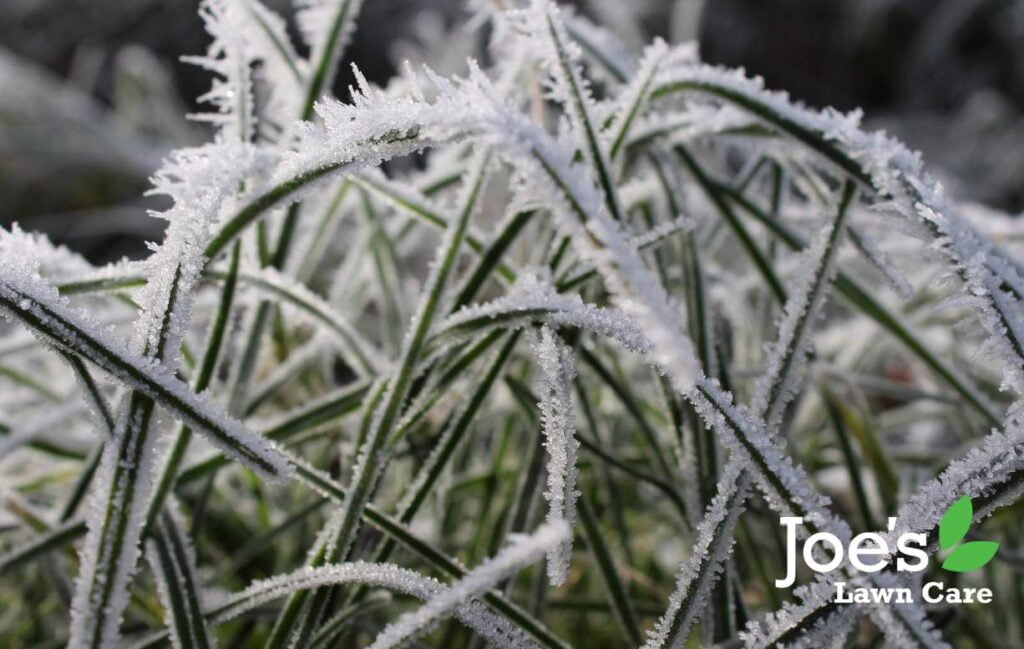
The word desiccation alone fills me with the heebie-jeebies. It means: the removal of moisture from something. That’s not what your lawn wants to hear… or feel. Definitely not feel. But that’s what can happen during the winter. If your lawn is covered in a shag-pile rug of snow, it’ll be fine no matter how cold it gets. But if there’s no snow and the temperature is seriously chilly, your patch of frozen solid earth will lose both moisture and oxygen. This is sucky because frozen grassroots can’t replace the moisture sucked away by the cold. That’s when your lawn may start to suffer from cell and crown death.
(And How To Defend Your Lawn)
What you can do: The best thing you can do is play the torturous waiting game and see if your grass returns to good health. This will happen if the damage is minor. Grass is awesome like that. But if the damage is severe, and widespread, you’ll probably need to a) reseed some areas or b) resod the dead bits. Sorry.
No. 2 Ugly face of winter: Snow Mould
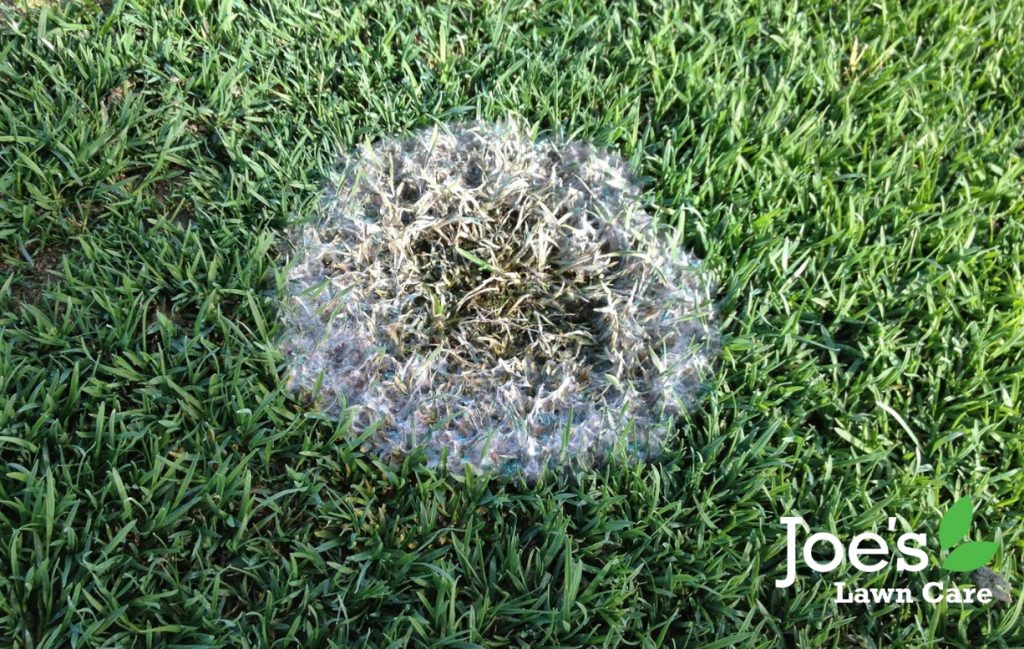
I know I said a thick carpet of snow is good, but that’s only the case if it snows when the ground is already cold. If it doesn’t, and a bunch of powder rests on top of your still warm lawn. Chances are your lawn will foster a variety of fungal diseases we call “snow mould”. That’s what moist n’ cold conditions do. Of course, you probably won’t notice the damage until the snow has melted, which is when you’ll look out of your kitchen window, hot cuppa Joe in hand. That’s when you’ll see a bunch of fuzzy, crusty patches on your lawn, usually rocking a pinkish-grey shade. That’s snow mould.
(And How To Defend Your Lawn)
What can you do: The thing with snow mould is, it ain’t got diddlysquat on the sun. So as soon as the sun starts warming up again, and the breeze gets a bit warmer, any snow mould on your lawn will be dried out pronto. If, however, it was a Game of Thrones duration winter, and your lawn was infected for a long time, you might find patches of your grass actually, ummmm, die. It’ll recover eventually, but it could take a bit of time. That said, you can speed up the healing process by raking up any patches. This is to let the air get into your roots and work its magic.
Better to prevent than aid: That’s right – there are ways to prevent snow mould from even bothering you in the first place. The trick is to have a nice lawn care programme in place, making sure you get me to regularly scarify and aerate your lawn properly. This will boost the whole air circulation thing and stop snow mould ever rearing its pale head in the first place.
No.3 Ugly face of winter: Crown Freeze
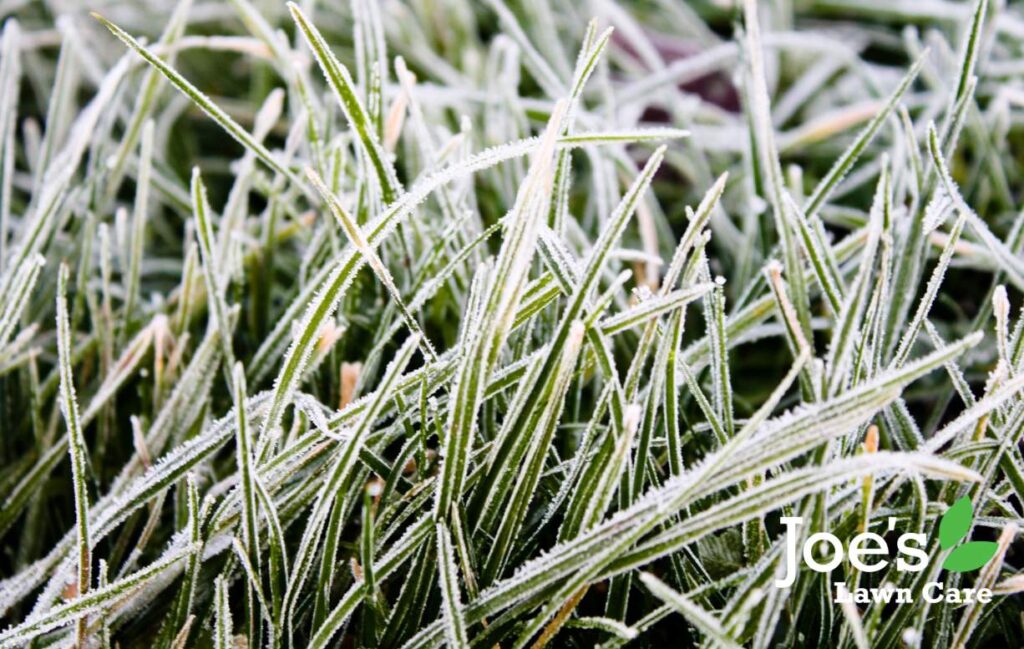
Now this one is a little less likely to happen but, hell, we’ve got Donald Trump in the Oval Office and we’re staring down the barrel of Brexit. So I won’t say it’s impossible. How this happens is simple (in a super-complex and sciencey way): if warm, moist weather is chased-up by a sudden dollop of freezing temperatures, the crowns of your lawn can actually die. It’s something that tends to happen more in late winter and early spring, usually when an unexpected arctic frost bursts into our lives. Why? Because your crowns will have absorbed lots of water from all that rainfall, only to freeze and expand and die. Poor little suckers never stood a chance.
(And How To Defend Your Lawn)
What can you do: I’m afraid to say that this sort of winter kill damage requires some reseeding at best. Resodding at worst. And, what’s more, there’s nothing you can really do to prevent it from happening. If the crowns freeze, the crowns freeze.
No.4 Ugly face of winter: Voles
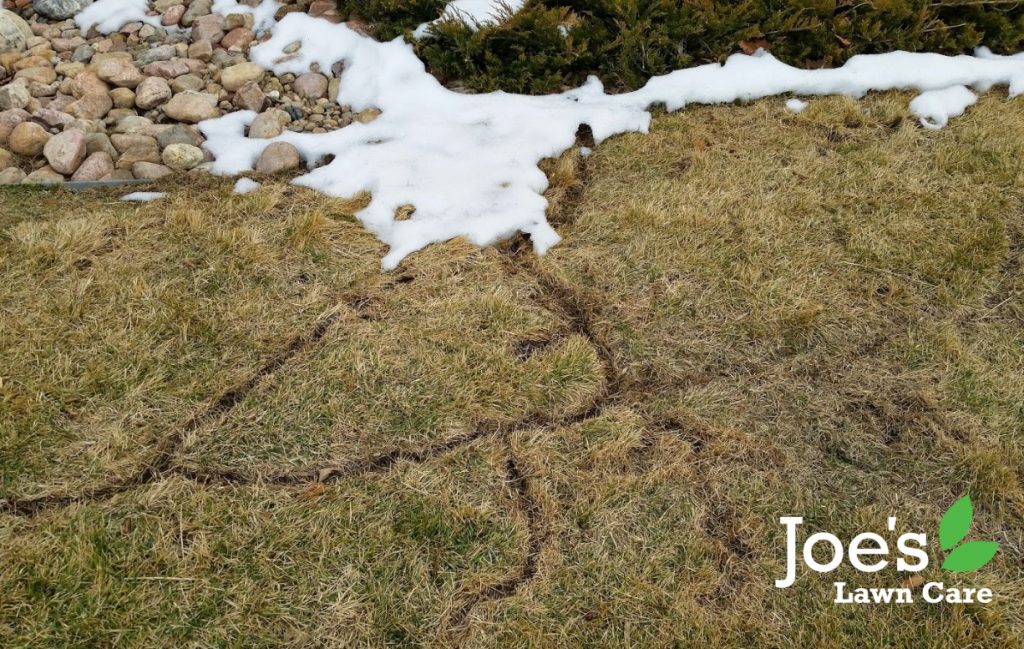
Yeah. I’m referring to those cute little rodents that you just want to pick up and cuddle. Those things can cause a very annoying type of winter kill to unfold. This is because they leave narrow meandering strips of dead grass on your lawn. Think about it. These mini-mice spend the entire winter tunneling beneath the snow, fallen leaves and whatnot, eating your plant roots. And when they’ve eaten a grassroot away completely, they leave a little trail of destruction behind them.
(And How To Defend Your Lawn)
What you can do: Brew a mug of dandelion tea and relax because these trails are so thin they’ll heal without any problems whatsoever. That is unless you were sent an old testament plague of voles, in which case you may need to reseed.
Better to prevent than aid: To stop voles being super-annoying come winter, the best thing you can do is wrap up warm and go remove all the dead grass and fallen leaves on your lawn. That way you are removing the shelter they rely on for their winter fun. That said, I quite like voles. They’re nice. And a part of nature. And because they don’t do any real harm, why not let them use your garden while you’re not? That would be the nicest thing to do.
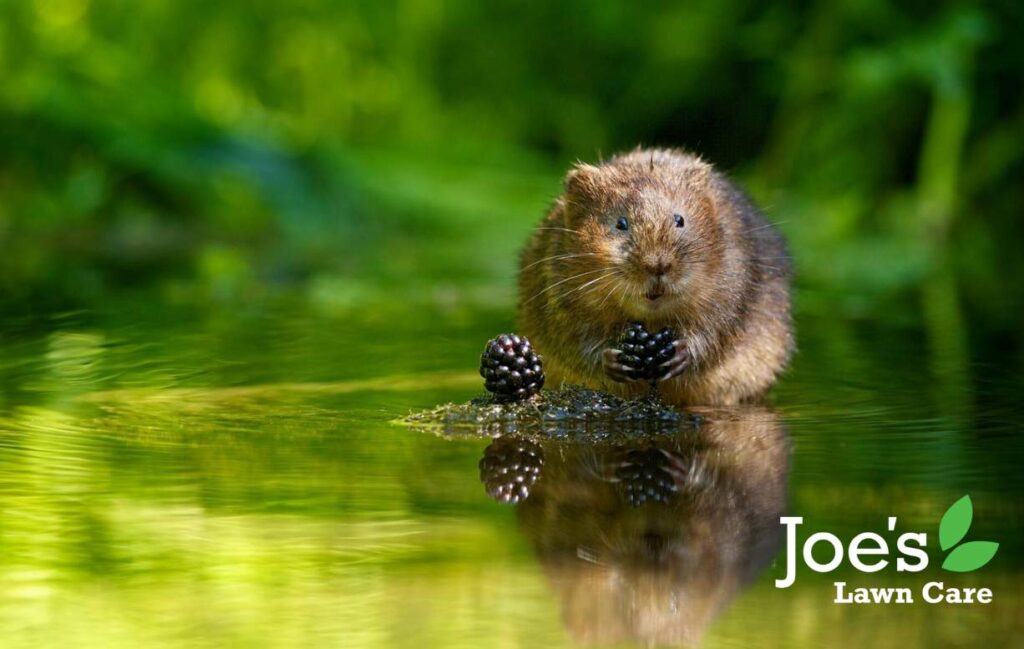
Thanks for reading The 4 Ugly Faces Of Winter Kill (And How To Defend Your Lawn) blog! For more lawn care tips and tricks, follow us on Facebook and Instagram.





